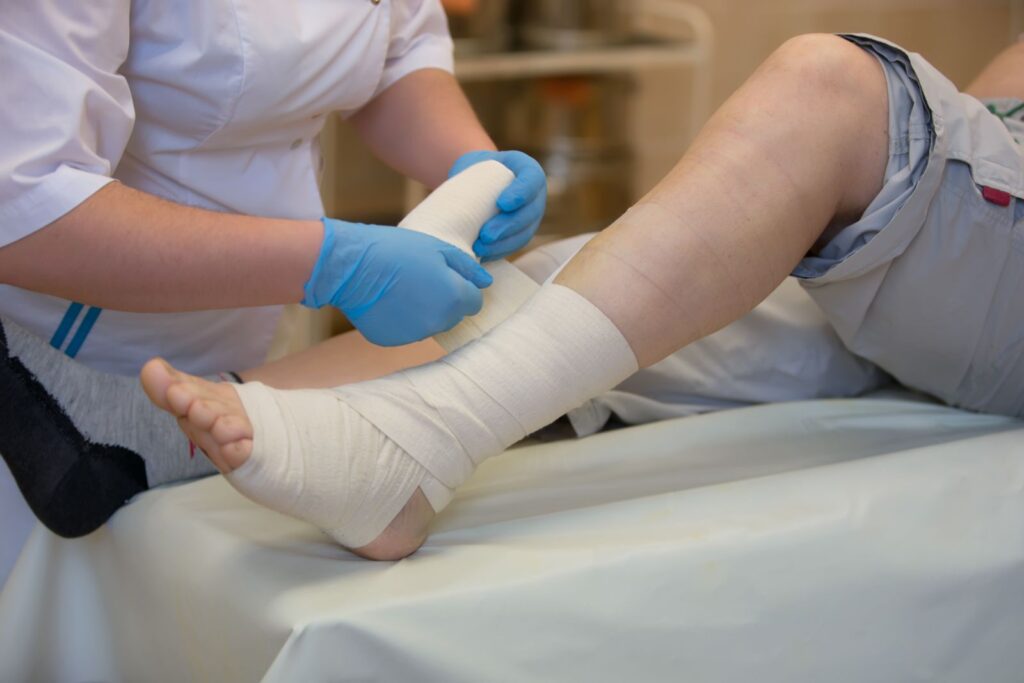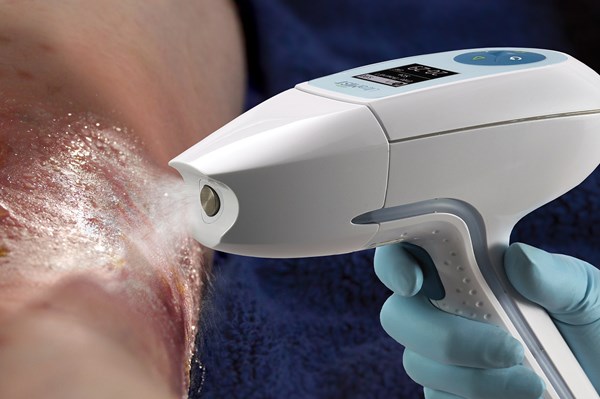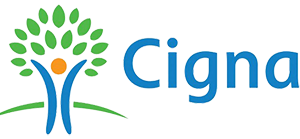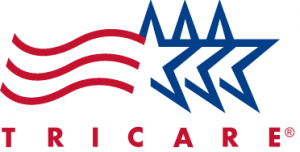When you or someone in your family is injured, you need to start the healing process as soon as possible. If the wound is life-threatening, the emergency department is your best option. For lesser wounds, if you can’t get an immediate appointment with your primary care physician, TUCWC can be your wound care center. We offer convenient and affordable minor wound care services 7 days a week, 365 days a year. Our qualified healthcare professionals have experience in treating a wide variety of wounds. We know how to stop the bleeding, prevent infection, and start the healing process. When you find yourself thinking, “I wonder if there is a wound care clinic near me,” visit our location finder here.
Wound Care

Where do you go to get wound care?
What items should be in a basic first aid kit?
First aid kits are a must-have for any home or workplace. Many people also store a first aid kit in their car. First aid kits are affordable, and can be purchased at pharmacies. Kits should be stored in a secure place, out of the reach of children. Periodically check the inventory of your kit, and re-stock missing or expired items. Though the comprehensive list of items that may be in a kit is massive, here are some requirements:
- First aid manual
- Sterile gauze pads
- Adhesive tape
- A variety of adhesive bandages
- Elastic bandages
- Antiseptic wipes
- Antibiotic ointment or spray
- Tweezers
- Scissors
- Safety pins
- Calamine lotion
- A list of emergency phone numbers
THE ULTRAMIST® SYSTEM
The UltraMIST System delivers low-frequency ultrasound to the treatment site using a noncontact fluid (e.g., saline). MIST Systems produce a low energy ultrasound-generated mist used to promote wound healing through wound
cleansing and maintenance debridement by the removal of fibrin, yellow slough, tissue exudates, and bacteria.
Administered by healthcare professionals to thousands of patients for more than a decade and supported by a vast array of clinical evidence, the painless, low-frequency and noncontact ultrasound acoustic wave therapy delivered via the UltraMIST System promotes healing. The MOA includes control of inflammation, augmentation of local tissue perfusion, wound bacteria and bacterial biofilm reduction, increased angiogenesis, and more
What is wound care?
Wound care is the management and treatment of wounds. Since there are numerous different kinds of wounds, and they can affect health in so many ways, this is a big and complex topic. Wounds can have complicating factors, such as infection, that can develop into larger health risks.
Who performs wound care?
Minor wounds can be self-treated by carefully following first aid instructions. At the doctor’s office, clinics, and hospitals, there are many different kinds of health professionals. The type and severity of the wound will determine if a wound care specialist, a wound care nurse, a physician, or a surgeon is required.
What are some basic wound care tips?
Ever wondered how to treat a wound? First aid depends on how deep the wound is. Minor cuts and wounds require little treatment other than proper cleaning, disinfection, and bandaging. Deeper wounds may need additional treatment. In either case, make sure you remove any loose jewelry before the area swells.
Thoroughly cleaning the wound prevents infection. Do not use hydrogen peroxide or strong solutions that may irritate the wound. Wash hands well, then gently cleanse the wound with gentle soap under room-temperature, running water. Pat the wound dry carefully and apply an antibiotic cream or spray to the wound, followed by a clean bandage.
As the wound heals, the area should be cleaned and bandages should be replaced on a regular basis. If the wound shows signs of infection, visit your nearest TUCWC as soon as possible for treatment. Look for expanding redness or red streaking from the wound, yellow or green pus, cloudy wound drainage, and increased tenderness or pain. If a fever develops, this can also be a sign of infection.
For proper healing, deeper wounds require medical attention and possibly stitches. If a wound can’t be held together with a bandage, continues to bleed after 20 minutes of direct pressure, or becomes infected, seek treatment at your local TUCWC, and always remove any loose jewelry, especially rings, before the area swells.
To avoid tetanus, (lockjaw) a DTaP is recommended for children ages two months to 11 years. Tdaps are recommended between ages 11 and 18. Adults who haven’t had a tetanus shot within the past ten years should visit Tran Urgent Care Centers for a booster.
Initiate Wound Healing With Noncontact, Low-Frequency Ultrasound Therapy
For patients who suffer from either acute or chronic wounds, any delay in healing increases risk to patients’ overall health and quality of life. It also places a significant burden on the healthcare system. Typical wound management protocols can be successful in some cases. However, depending upon wound-specific characteristics, chronicity, and comorbidities, standard protocols leave many other patients with chronic wounds that do not heal. By choosing an energy-first approach and making SANUWAVE’s UltraMIST System your first-line treatment for advanced wounds, you give your patients a high chance for improvement and ultimately, heal their wounds.
Benefits for Advanced Wound Care
By activating the body’s normal regeneration process, the UltraMIST System offers important wound healing advantages. First, it reduces barriers to healing by reducing bacterial overgrowth, disrupting bacterial biofilms, and controlling inflammation.
At the same time, UltraMIST System therapy promotes healing through vasodilation and by accelerating angiogenesis. A meta-analysis of clinical evidence in cases including diabetic foot, ischemic, neuropathic, venous, multifactorial, pressure, surgical, and traumatic ulcers shows that the rate of wound closure increased from 24% with standard care to 42% with UltraMIST use over a 12-week interval.
To accelerate wound healing even more, in between the UltraMIST System treatments, other standard or advanced wound therapies may be incorporated into the treatment plan — at the discretion of the wound care professional.
The result? Faster relief and better quality of life for your patients with less expenditure of time and resources on costly treatments that don’t work. These savings make the UltraMIST System a financially viable solution for the patient, the provider, and the healthcare system as a whole.
















